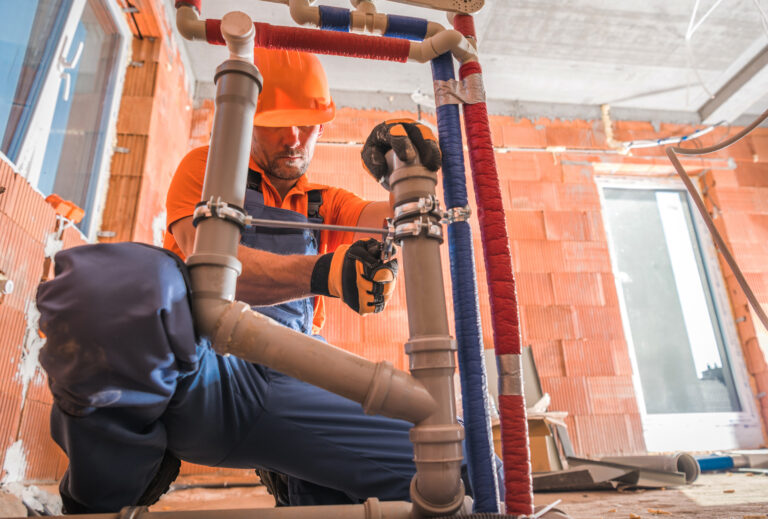In Ontario, there are 2.6 million people living with a disability. As this number increases, it is important to ensure that Ontario businesses are accessible to everyone. Barriers to accessibility exist in many forms; some are visible and others are not. Barriers are any type of obstacle that prevents a person from participating fully in any given environment, and can be objects, structures, systems, and physical designs. Commercial buildings must identify, prevent, and remove barriers for people with disabilities in order to improve accessibility and ensure adherence to accessibility standards.
The Accessibility for Ontarians with Disabilities Act, 2005 (AODA) sets out how businesses must comply with accessibility standards. According to the AODA, accessibility standards should set out measures, policies, practices, or other requirements for the identification and removal of barriers with respect to goods, services, facilities, accommodation, employment, buildings, structures, premises, or other such things. In accordance with AODA, the Ontario Building Code (OBC) is a complementary legislation which sets out the various requirements for accessibility. With respect to commercial buildings, these requirements include:
- Accessible building entrances, ramps and doorways
- Barrier-free path of travel into and throughout buildings
- Barrier-free washrooms
- Visual fire alarms in public corridors of buildings
Commercial buildings must have a barrier-free path of travel; this includes any publicly used space such as entrances, rooms, and hallways, as well as access between floors in multi-level buildings. The OBC also sets out the types of entrances that are required to be barrier-free, including the main entrance and all occupied floor areas. Every doorway located in a barrier-free path of travel must have a clear width of not less than 860 mm when the door is open. Additionally, barrier-free entrances are required to install signs containing the International Symbol of Access to indicate the location of the entrance, ramps or any exterior passenger loading zone.
It’s crucial for a building to provide barrier-free washrooms designed to accommodate persons with disabilities, including universal washrooms, where required. In accordance with the OBC, barrier-free washrooms should provide grab bars, proper signage, turning space, and proper counter height and doorway width to accommodate those with disabilities.
Fire and smoke alarms are important tools that enhance safety for all occupants of a building and which must be visible and accessible. Visual signal devices must be installed in addition to audible signal devices in buildings that are occupied by persons with a hearing impairment, in a public corridor or floor area where the public may congregate, in not less than 10% of the suites of a hotel or motel, in a washroom for public use, or in a living space of a suite or residential occupancy.
While implementing modifications in order to adhere to accessibility requirements may sound complicated, this process is easily accomplished when you’re working with an experienced team. At Pulse Construction, we’re committed to doing business with an honest, professional, and competitive approach – without compromising safety or schedules. Contact us today for all of your building needs.



